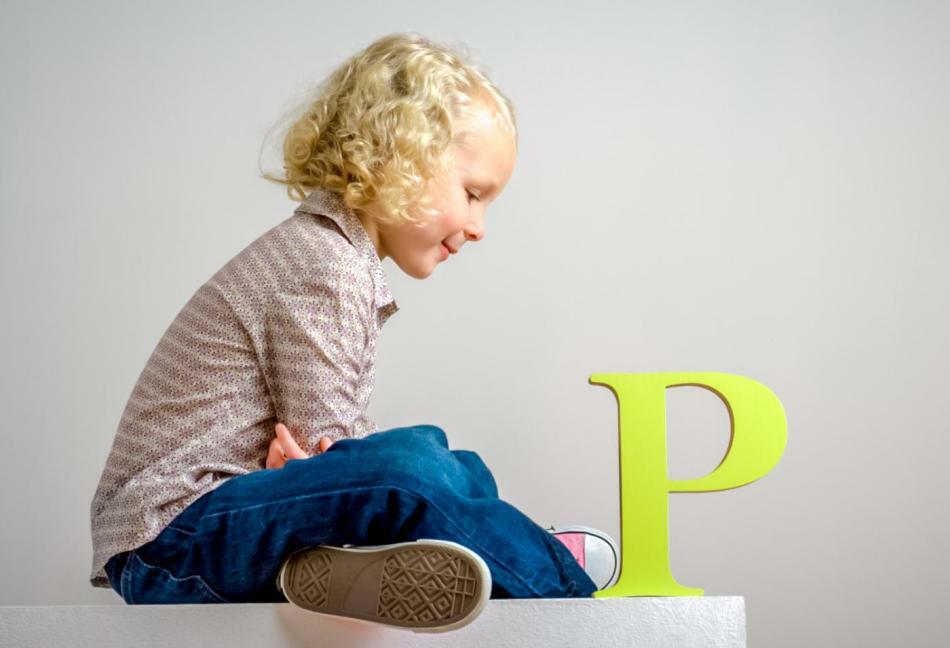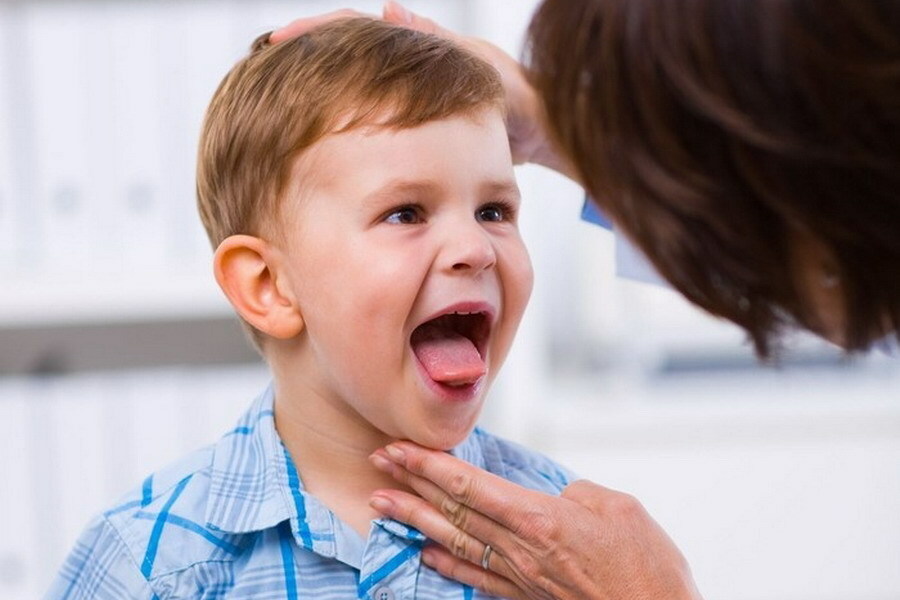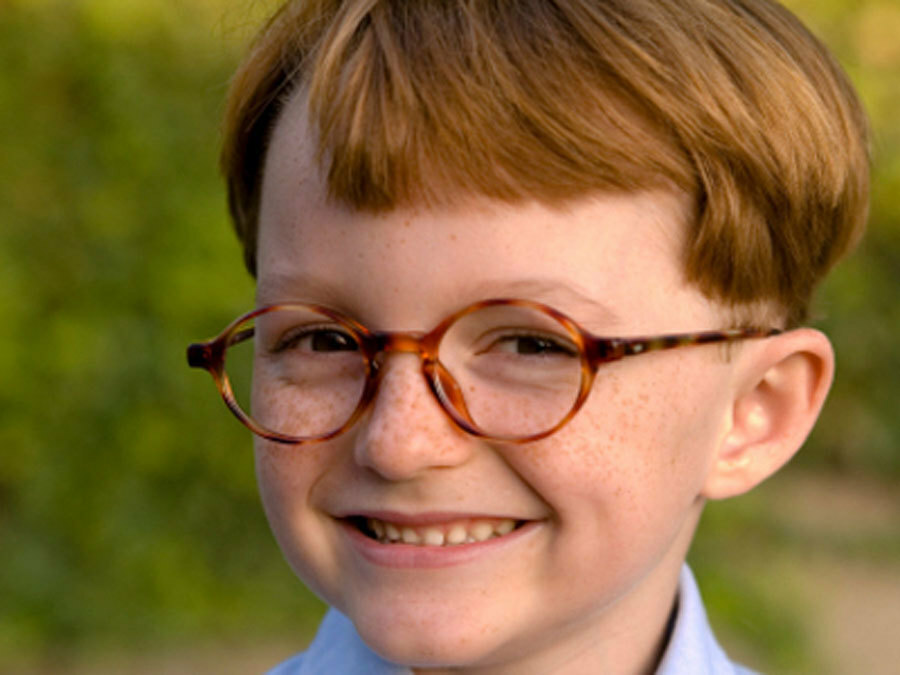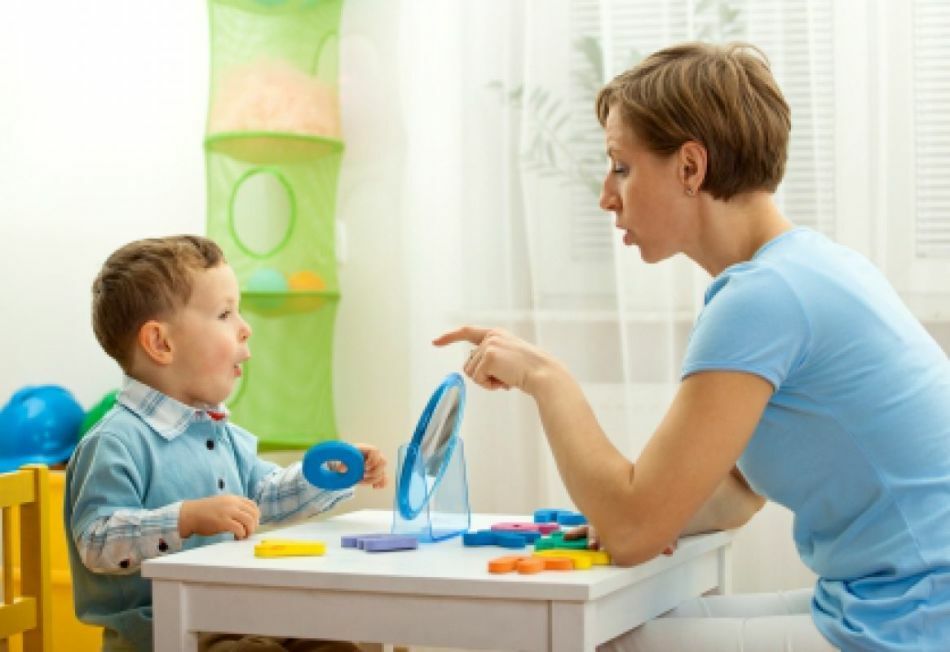In this article, you will learn how to teach the child to pronounce the letter "p" independently.
Contents of
- Why does the child not speak the letter "p"?
- How correctly to teach the child to speak the letter "p"?Tips for the speech therapist
- Exercises to teach the child to speak the letter "p"
- How to teach a child to speak soft "p"?
- speech therapist's help Video: Sound setting "p"
In the opinion of speech therapists the pronunciation of the letter "p" is the most difficult in the Russian language. Indeed, children begin to pronounce this letter to 4-5 years, or even to 6.
Before that time, instead of "fish", children say "lyba", instead of "cow" - "koyova", etc. If by age 5 your child could not cope with the pronunciation of the letter "p", do not panic. But it's time to start studying with the child yourself or with the help of a specialist.
Why does not the child say the letter "p"?
Important: For a clear pronunciation of the letter "p", the speech device must be well honed, the amplitude and vibration of the tongue are sufficiently developed.
The child only learns to control his own language, so unlike adults, the pronunciation of many letters for him is a whole work.
The reasons for the , for which the child can not correctly pronounce the letter "p", are as follows:
- Physiological structure of the language. This reason is considered, as a rule, in the first place. It is a sublingual frenum. It happens that the language simply does not reach the sky, thus the sound of "p" is obtained by card. There is a practice of pruning the frenulum, but recently speech therapists often practice fixing the frenum with special gymnastics for stretching
- The stiffness of the articulatory apparatus ( in other words, the inactive tongue).This complexity lies in the lack of colloquial practice. The less the child talks, the slower the amplitude of the language, its vibration. To fix this, you need to "make the language work" in the game form. Let the child try to get the tongue to the nose, twist it with a tube, turn them left and right. Such exercises will benefit the
- Violation of the phonemic hearing .The child hears the speech of an adult person, and then tries to reproduce it quickly. As a result, he mixes up the sounds "d" and "t", "I" and "a", "y" and "yu".Also, the sound "p" of
- flies out of words. Physiological features of respiration .Some diseases( runny nose, cardiovascular diseases, enlarged adenoids) affect breathing, thus affecting speech breathing. It's possible to fix it. But not by independent efforts, but with the help of a speech therapist. Speech therapist appoints special gymnastics for the development of the normal pronunciation
 Pronounce the letter P children begin to 5-6 years
Pronounce the letter P children begin to 5-6 years Important: Even if you decide to deal with the child yourself, it is still necessary for the specialist to show it.
Perhaps your child has a case with a special bridle structure, this option should be excluded. If the specialist has established that there are no physiological problems, you can ask him for recommendations for exercises.
How correctly to teach the child to speak the letter "p"?Tips for the
Speech Therapist Try to follow the principles of the for the successful development of the child's speech machine:
- The main rule in speech therapy is gradualness. It is impossible to teach a child to immediately pronounce complex tongue twisters and phrases. First you need to master simple sounds: ra, ro, ar, op, ir, ri
- Classes should be interesting to the child. Think gymnastics for warm-up of the language in a game form, try to captivate the child. Only then you will succeed
- Another principle - regular classes. If you began to deal with the child with the letter "p", do it every day. One-two lessons will not be enough
Now it's worth learning the technique of putting the letter "p":
- First the sound "p" the child should pronounce separately
- Then you can achieve the correct setting of the letter in simple syllables
- . After mastering the syllables, it's time to switch to the correct pronunciation of the letter "p""In everyday speech, tongue twisters
Most often it's the other way around. Parents pronounce quick and complex patters, where the letter "p" is very often encountered.
They think that this way the child will be able to pronounce this complex sound faster. In fact, the production of sound becomes more complicated, the child becomes harder to pronounce it.
 The characterization of the letter P should take place in the form of the game
The characterization of the letter P should take place in the form of the game Exercises to teach the child to speak the letter "p"
Important: The exercises for writing the letter "p" are designed taking into account the load on the muscles of the tongue. They will help the child to feel and assimilate the vibration of the language that is needed for pronunciation.
Take 20-25 minutes for exercise every day. First you need to warm up for the tongue and lips.
Lip Workout:
- Ask the child to smile broadly. Let it hold a wide smile for about 10 seconds.
- Ask to fold your lips with a tube and hold them in this position for 10 seconds.
. Workout for the tongue:
- "Horse."The child clicks his tongue like a horse. This will allow him to feel the vibration of the language
- "Needle".The child picks out the tongue, making it thin. The language should be delayed for 10 seconds, then again, repeat the exercise
- "Clean the teeth."The child runs the tongue over the teeth, as if they are being cleaned by the
- "Paint brush".The child spends his tongue from the front teeth to the throat in the sky
- "Hooligan".Ask the child to stick his tongue out and chat to them left-right
 Workout for the language
Workout for the language Exercises for the pronunciation of the letter "p":
- The child puts the tongue next to the upper teeth, then pronounces the letter "d".Not once, but several "d-dd".Then ask to pronounce "d" with a strong exhalation
- Ask the child to say a long "rr"( growl).Show him how to do it
- For this exercise, you need a logopedic spatula. It is also possible to wash the child's hands well and ask to put a finger under the tongue. Let him say "f-f" and lead the finger left-right
- The child opens his mouth wide, pronounces the sound "z-z-a-ah."You meanwhile put the spatula under the tongue and gently drive to the sides
How to teach the child to speak soft "p"?
The soft letter "p" occurs in words: dictionary, rice, ripples. The setting of a soft "p" occurs similarly to a solid one. However, instead of the sound "z-z-a-a", one has to speak the sound "z-z-i-i".
If the child has mastered a hard "p", then he will necessarily master the soft one.
Important: The child needs to understand the statement of the letter and the automation of pronunciation. If one session can leave for the production, the automation can extend for six months.
 The pronunciation of the letter P may not be given to a child for a long time.
The pronunciation of the letter P may not be given to a child for a long time. speech therapist's help. If you are dealing with a child, but do not see a good result, you should contact a professional. At once it is necessary to tell, what to find the good expert is uneasy.
The advantages of practicing with a speech therapist:
- First, the speech therapist will be able to determine if your child has physiological features of the
- language structure. Secondly, the specialist will immediately understand what exercise complex is needed in this case
- Third, the speech therapist can in five minutesput a letter that you could not handle for several months
 Lesson with a speech therapist
Lesson with a speech therapist Classes with a speech therapist will cost you "a tidy sum", but it's worth it.
If you regularly work with the child, are focused on the result, conduct classes in an interesting game form, then the probability of success is great. We hope that our advice will help you.
